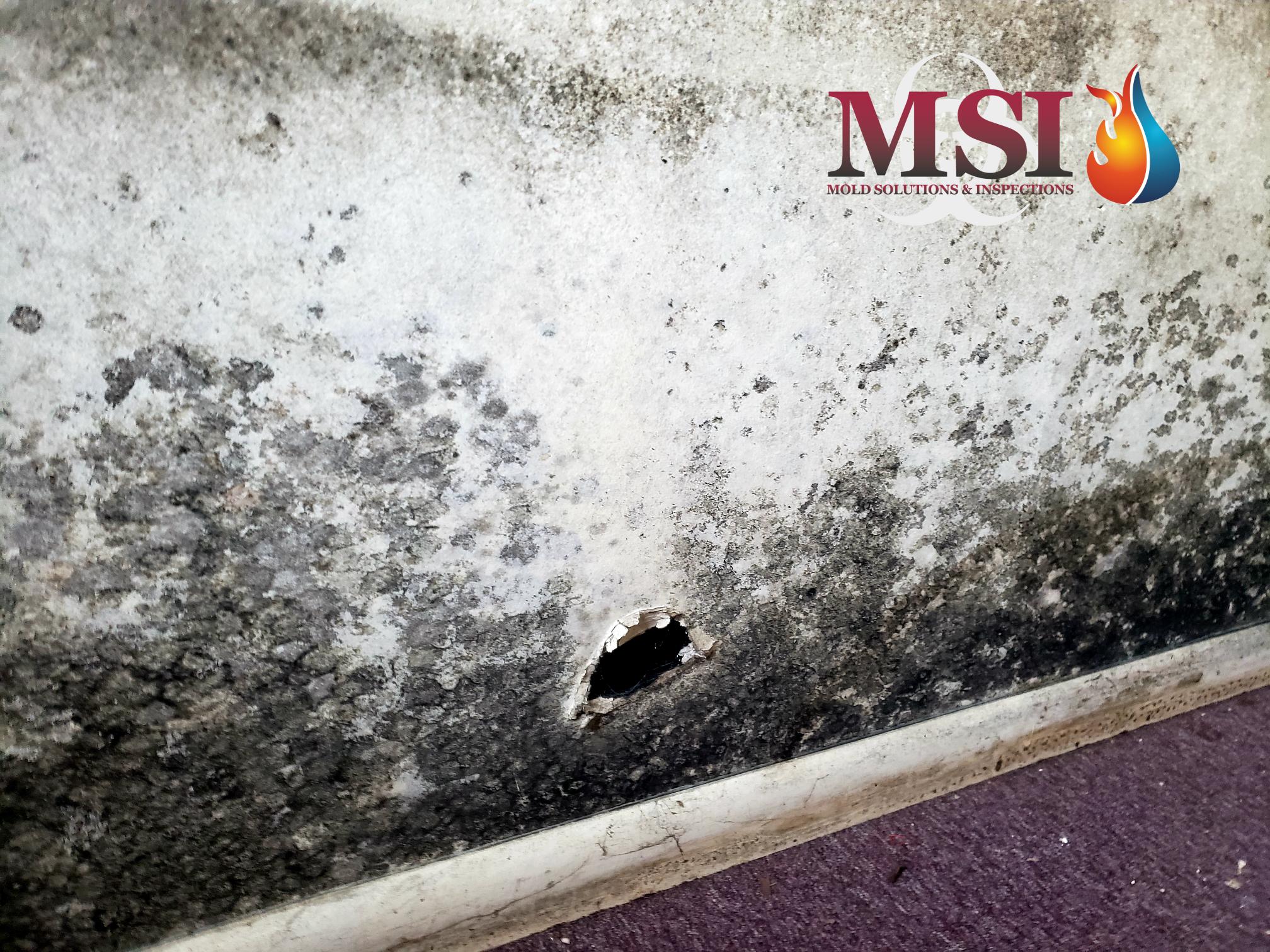When properly installed, stucco is a tough, durable and long lasting system that can not only add a aesthetic value to your home, but when properly maintained, can last for many years. But during the last couple of years especially, I am seeing a wide range of issues when it comes to stucco, resulting in thousands of dollars in water and mold damage. Short cuts taken by the applicator can cause cracking, water infiltration, discoloration and many more issues when not properly installed. When buying a home, having your stucco inspected could save you thousands of dollars in issues and possible years of litigation, and when hiring a stucco contractor, doing your due diligence will be time well spent. Here’s some of the issues which causes stucco to fail:
Incorrect Installation or No Lath
Some contractors fasten metal lath to the wall with pneumatic staples, but this can cause problems. A staple has two prongs, so it creates twice as many penetrations as a nail. Furring nails are preferable; they have a small cork washer that helps space the lath away from the wall and also seals around the nail.. Checking that all furring nails are perpendicular to the wall, and that the cork is compressed against the sheathing, makes a significant difference. Home with no lath will only last a few years and crack easily causing home owners to tear down the existing stucco and start over.
House or Building Wrap
This step is extremely important and also misunderstood or completely left out of many installations. Grade D-60 Minute paper is a durable choice that could be used as the first layer, since it is highly recommended that all home be wrapped twice. Contractors tend to wrap home once, and then cover the windows and cut an X to expose the windows and then trim it out. This process will nearly leak after each application. The flap of housewrap above the window must be held up temporarily until the window is installed and flashed, then pulled down over the window flashing and taped into place.
Flashing
A common mistake around windows is that self-adhering flashing tape has been applied over the bottom nailing fin. Water that leaks in around the window frame gets trapped behind the flashing and causes the adhesive to fail. Instead of sealing water out, the failed membrane actually channels water into the wall cavity. The use of manufactured flashing corners and primers can help with failings in adhesion.
Plumbing & Electrical Penetrations
When contractors make holes in the facade to allow piping and electrical lines into the house, they commonly just use caulk or plugs to seal the holes. This leads to water infiltration mostly through the foundation and into basements. Flashing panels can eliminate this issue. The cost for these materials is very low as compared to the damage it can cause.
Remember to always use your best judgement when hiring any contractor and try to familiarize yourself with any type of construction taking place.

